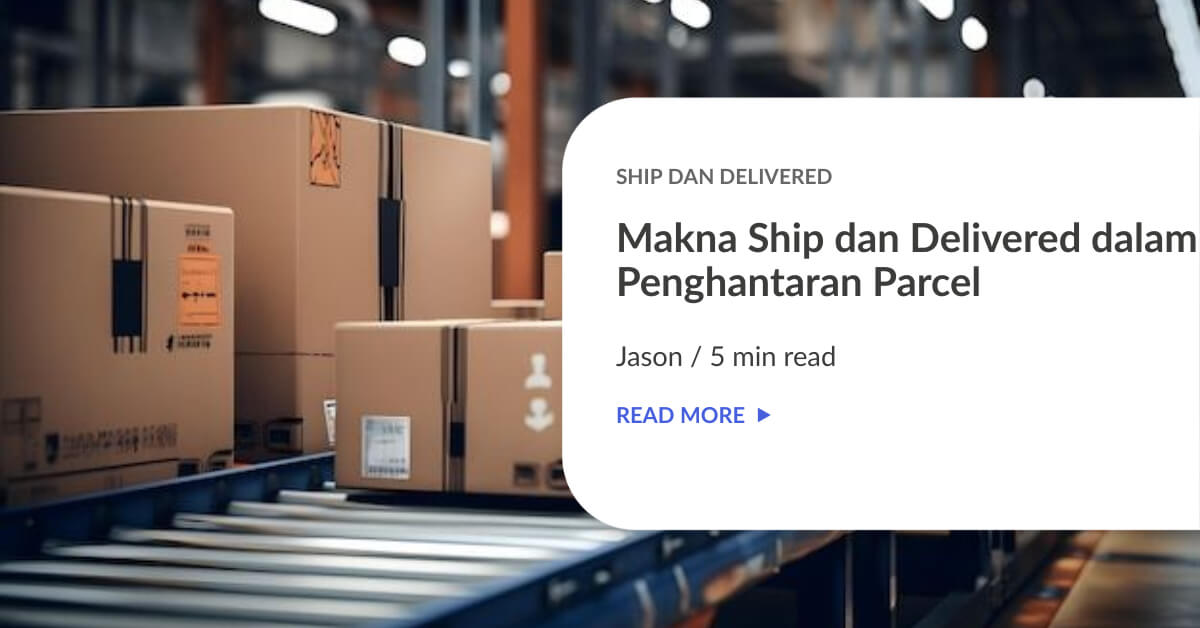If you’re a Malaysian business owner, freelancer, or just someone who loves staying on top of tax news, you’ve probably heard the word e-Invoice floating around. But what exactly is it, and why is everyone talking about it?
In this blog, we’ll break down everything you need to know about e-Invoice in Malaysia—from what it means to how it affects your business. Plus, we’ll throw in some practical tips and real examples to help you prep like a pro. Let’s dive in!
Contents
🧾 What Is Meant by e-Invoice?

An e-Invoice, short for electronic invoice, is a digital version of a traditional invoice that’s issued, transmitted, and stored electronically using a standard format. But in Malaysia, it goes beyond just sending a PDF via email.
The LHDN e-Invoice system is a real-time invoicing model where each invoice you issue gets validated by Lembaga Hasil Dalam Negeri (LHDN) before it becomes official.
In other words:
It’s not just a digitized invoice—it’s a standardized, real-time tax reporting method that directly connects your invoices to the Inland Revenue Board (LHDN).
What Is an e-Invoice in LHDN’s Context?
In Malaysia, LHDN’s e-Invoice system is part of the government’s effort to:
Reduce tax evasion
Improve transparency
Digitize the economy
Here’s how it works:
You create an invoice through your system (POS, ERP, accounting software, etc.).
The invoice is sent to LHDN’s platform for validation.
Once approved, LHDN issues a unique identifier + QR code.
The approved invoice (with QR code) is sent to your customer.
The QR code allows both businesses and individuals to scan and verify the invoice directly with LHDN—pretty neat!
Is e-Invoice Mandatory in Malaysia?
Yes—e-Invoicing is being rolled out in stages, and it’s going to become mandatory for all businesses soon.
Here’s the rollout timeline based on annual turnover:
| Annual Turnover (RM) | Mandatory Date |
|---|---|
| Over RM100 million | 1 August 2024 |
| Over RM25 million | 1 January 2025 |
| ALL taxpayers | 1 July 2025 |
So even if you’re running a small online store or home-based business, you’ll need to use e-Invoices by mid-2025.
Who Needs to File an e-Invoice?
Basically, if you’re a:
Sole proprietor
SME
Freelancer
E-commerce seller
Corporation
Partnership
LLP (Limited Liability Partnership)
Or anyone earning income that’s taxable…
You’ll need to issue e-Invoices.
Even transactions with individuals (B2C) are covered. LHDN refers to these as “self-billed e-Invoices”, and yes—you’ll still need to submit them.
What if I’m not registered for SST or GST?
Doesn’t matter. e-Invoice is linked to income tax, not SST/GST. So if you’re filing taxes, you’re in the game.
Examples of Transactions That Need e-Invoice
Here’s a quick list of scenarios where e-Invoice applies:
| Transaction Type | Needs e-Invoice? |
|---|---|
| Selling goods online | ✅ Yes |
| Food delivery business | ✅ Yes |
| Freelance services | ✅ Yes |
| Renting property | ✅ Yes |
| Selling to individuals | ✅ Yes (self-billed) |
| One-time business gig | ✅ Yes |
How to Prepare for e-Invoice (Without Losing Your Mind)
Here’s a simple checklist to get your business ready:
✅ 1. Know your rollout date
Check which phase your business falls into based on your turnover.
✅ 2. Get your systems ready
You’ll need a system that can integrate with LHDN’s MyInvois Portal or API. This could be:
Cloud accounting software (e.g. SQL, AutoCount, Financio)
POS systems
ERP platforms
LHDN is also providing a free MyInvois Portal for manual entry if you don’t have a system.
✅ 3. Train your team
Make sure your finance, sales, and ops teams know how to issue e-Invoices.
✅ 4. Communicate with your customers
Let them know they’ll be receiving e-Invoices and how to verify them using QR codes.
✅ 5. Start issuing test e-Invoices
LHDN has a sandbox environment so you can try issuing e-Invoices before the live rollout.
💡 Pro Tip: If You Ship Products, Make Sure Your e-Invoice Matches Your Parcel Details!
For EasyParcel users—when you’re shipping out orders, ensure your invoice amount, recipient name, and item list matches what’s on your e-Invoice. That makes it easy for both customers and auditors (if it comes to that) to cross-check.
Need help managing orders and deliveries? That’s where we come in. EasyParcel helps simplify your shipping process, whether you’re handling 5 or 500 parcels a day. Learn more about our shipping tools that integrate smoothly with your business workflows!
e-Invoicing isn’t just a tax rule—it’s a digital revolution for Malaysian businesses. And like any big change, the earlier you prep, the smoother the ride.
Whether you’re a solopreneur selling on Shopee, a food delivery merchant, or a full-blown SME, getting familiar with e-Invoicing today will save you time, money, and headaches tomorrow.
 Singapore
Singapore Thailand
Thailand Indonesia
Indonesia






